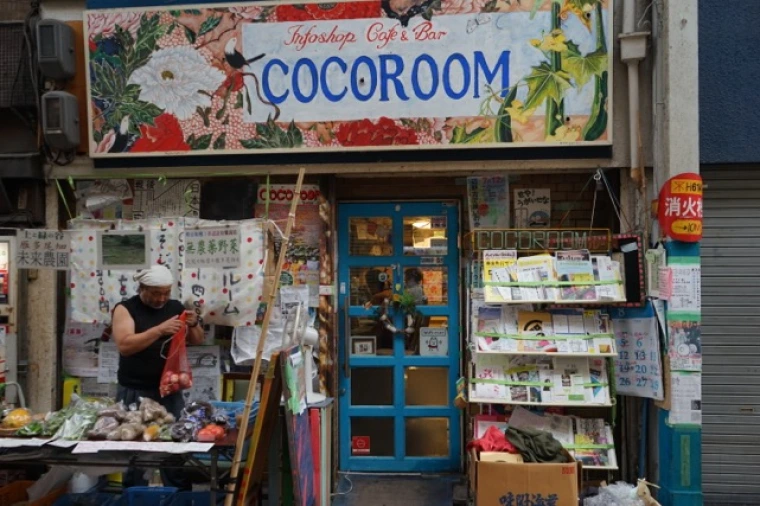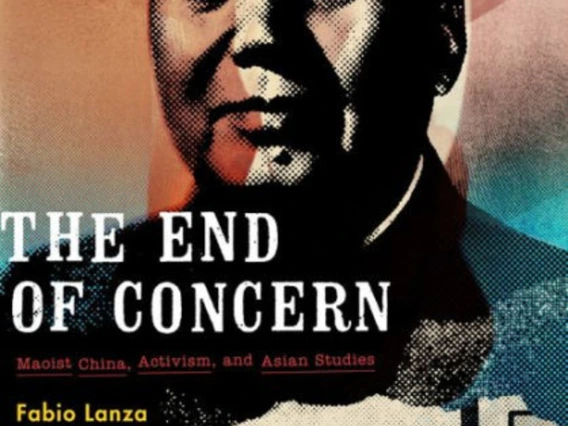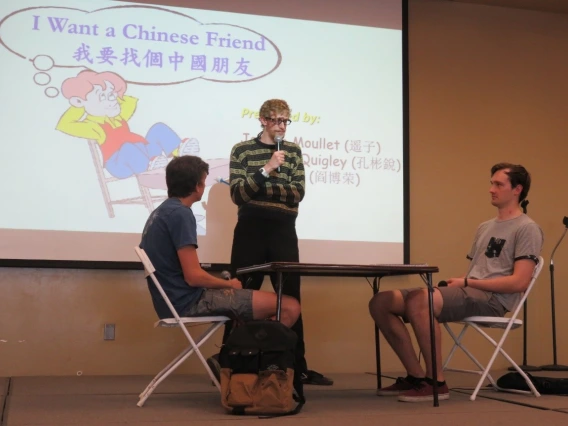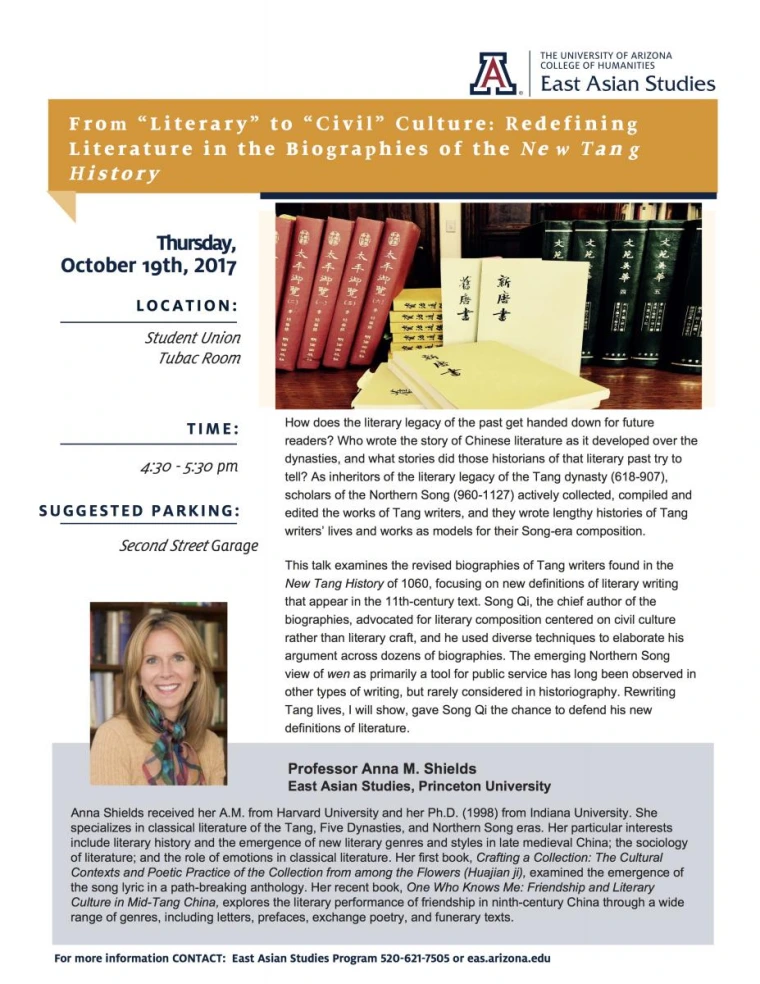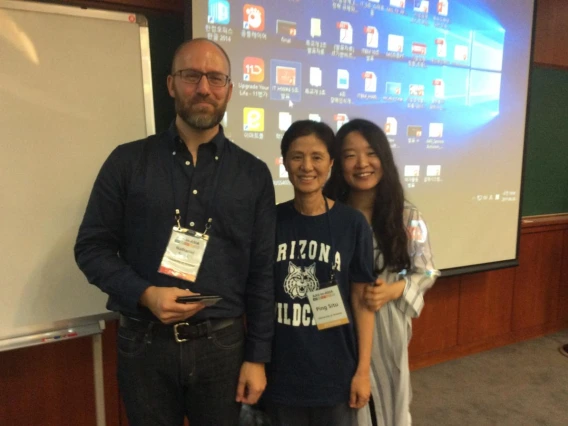David Novak: "Creativity, Cocoroom, and the Cultural City of Kamagasaki"
The Department of East Asian Studies welcomes Dr. David Novak of UC Santa Barbara
Abstract: This talk critically examines the role of cultural arts organizations in processes of gentrification in South Osaka. In the postindustrial centers of Japan, gentrification has taken a complex route through Japanese adaptions of “creative cities” policies, through which local neighborhood culture is instrumentalized in neoliberal narratives of revitalization and creativity. I focus on the role of arts organizations in a working-class district known as Kamagasaki, infamous as a longstanding day labor market bordering the city’s entertainment and red-light quarter. How could this neighborhood, whose elderly population rapidly diminishes with each passing year, become a context in which to imagine projects of independent arts, creativity, and community expression? In order to better understand this question, I describe the development of a non-profit café/infoship called CocoRoom, which has worked since 2001 to create contexts of interaction in this aging population. Following the changes in this organization and in the neighborhood over a decade of ethnographic study, I seek to provincialize gentrification by tracing the on-the-ground transformations of Japanese urban ecologies, and the ways in which cultural policy influences the arts of everyday life.
